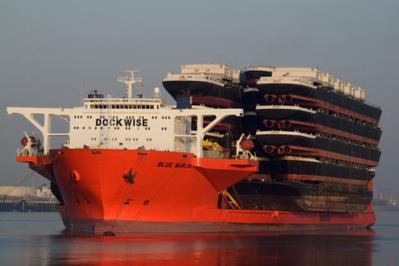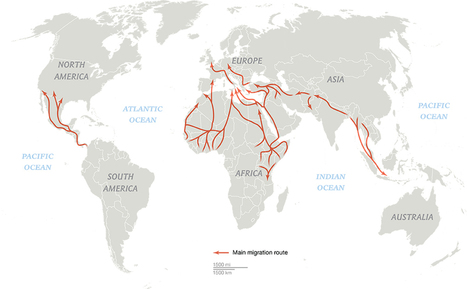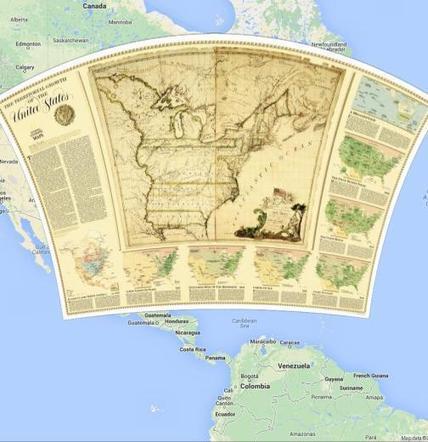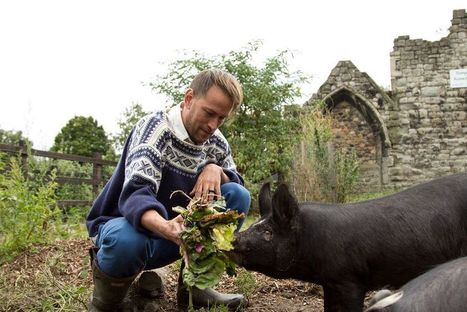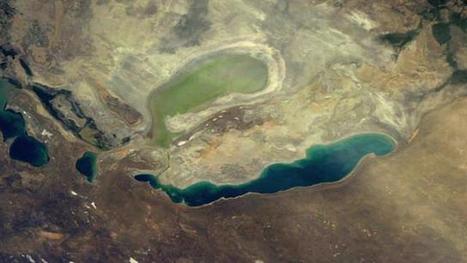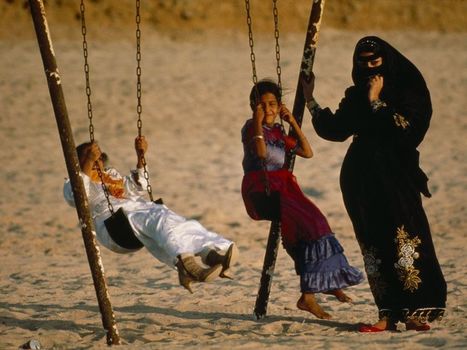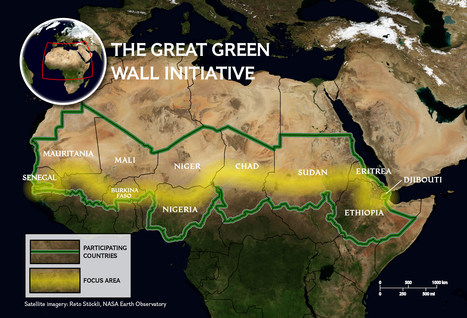European settlement began in the region around Chesapeake Bay and in the Northeast, then spread south and west into the Appalachian Mountains.
Questions to Ponder: How did European immigrants settle along the East Coast? How did geography determine settlement patterns?
Tags: migration, map, historical, colonialism, USA, National Geographic.
Via CT Blake



 Your new post is loading...
Your new post is loading...



